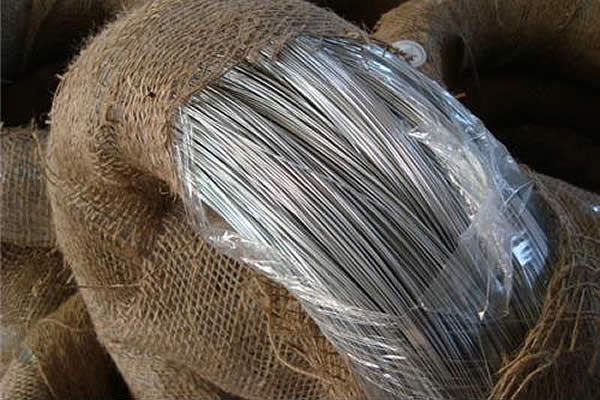 TEL:
+86-13102802206
TEL:
+86-13102802206
 Email:
fencenetting@china.com
Email:
fencenetting@china.com
 Language
Language
 TEL:
+86-13102802206
TEL:
+86-13102802206
 Email:
fencenetting@china.com
Email:
fencenetting@china.com
 Language
Language


Replacing a Mesh Window Screen A Step-by-Step Guide
When it comes to maintaining a home, many homeowners often overlook the condition of their window screens. However, these essential components play a key role in ensuring a comfortable living environment by keeping out insects, debris, and allergens. If you find that your mesh window screen is damaged or worn out, replacing it is a straightforward process that you can do yourself. This article will guide you through the steps to replace your mesh window screen effectively.
Step 1 Gather Your Materials
Before you begin the replacement process, it’s essential to gather all the necessary tools and materials. You will need - A new mesh screen material (make sure to choose a type that matches your original screen, such as fiberglass or aluminum) - A screen frame (if your frame is damaged) - A utility knife - A measuring tape - A screening tool or flathead screwdriver - Spline (a thin rubber material that holds the screen in place) - Scissors - A staple gun (optional)
Step 2 Remove the Old Screen
Carefully remove the old screen from the window frame. If you have an aluminum or wooden frame, gently pry the screen away from the frame using a flathead screwdriver. Take care not to damage the frame in this process. If your screen has spline holding it in place, remove the spline using the tool to expose the mesh. Once you have removed the screen and any old spline, clean the frame thoroughly to prepare for the new screen.
Step 3 Measure and Cut the New Mesh
Using a measuring tape, measure the dimensions of your window frame. Add about an inch to each measurement to ensure you have enough mesh material to work with. Cut the new screen mesh accordingly. If you’re using a prefabricated screen frame, make sure the mesh fits snugly within the frame.

Step 4 Attach the New Mesh to the Frame
Place the cut mesh over the screen frame, making sure it is taut but not overly stretched. If your screen came with spline, lay it down on top of the mesh in the grooves of the frame. Using the screening tool or flathead screwdriver, press the spline down into the groove to hold the mesh in place. If you’re not using spline, you can alternatively use a staple gun to secure the mesh. Make sure to staple the mesh every few inches to keep it firmly in place.
Step 5 Trim Excess Mesh
Once the mesh is securely attached, use a utility knife or scissors to trim away the excess material. Be careful to leave enough mesh to ensure it is attached securely but remove any extra that would interfere with the frame’s proper fit.
Step 6 Reinstall the Screen
Carefully reinstall the newly made screen into the window frame. Make sure it fits snugly and that the corners are aligned. Depending on your window type, you might need to use screws or clips to hold the frame in place.
Conclusion
Replacing a mesh window screen is a simple and cost-effective way to enhance your home’s comfort and air quality. By following these steps, you can ensure that your replacement screen is secure and functional. Not only will it keep unwanted pests at bay, but it will also allow fresh air to flow through your home without obstruction. Regularly checking the condition of your window screens can help prevent larger issues in the future, making this a valuable maintenance task for every homeowner. Take the time to replace worn screens, and enjoy the benefits of a cleaner, more comfortable living space.